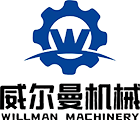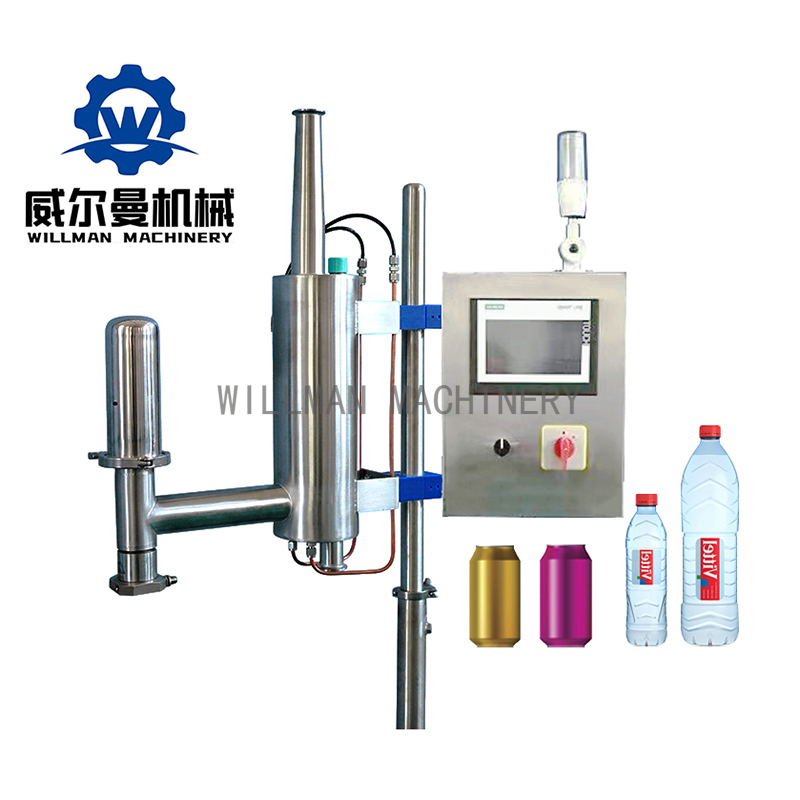In today’s competitive food and beverage market, many companies are looking to reduce costs. One way to do this is to reduce the cost of packaging, which often is accomplished by lightweighting.
However, with less material, the containers also are less structurally stable. In carboanted softed drinks, the presence of carbon dioxide in the product provides internal pressure, making the packaging rigid and stable. Liquid nitrogen can be used in non-carbonated beverages to achieve the same effect without adding the “bubbly” feel of carbonation.
Gaseous nitrogen has been used to expel oxygen and increase the shelf life of products. Liquid nitrogen can serve this same purpose while reducing nitrogen consumption by 80 percent compared with traditional gas tunnels.
However, handling liquid nitrogen on a production line poses challenges. Liquid nitrogen has a boiling temperature of -196 degrees Celsius and will rapidly boil away when exposed to room temperatures. Therefore, insulated equipment must be used to ensure efficiency and safety. This equipment includes an injection device capable of metering small dose of liquid nitrogen, as well as storage vessels or tanks and piping to transport the liquid nitrogen to the injection lacation.
Generally, storage vessels come in two forms : large bulk tanks and small portable tanks called dewars.
Both designs feature a double-wall construction with the inner and outer walls separated by vacuum space. This vacuum”Jacket” allows the tank’s outside surface to remain at ambient temperatures while maintaining cyrogenic temperatures inside. The nitrogen can be held in liquid form for quite a while, but even with this vacuum barrier, tank losses can range between 0.5 and 2 percent a day. For either type of storage vessel, insulated piping should be used to limit losses and improve effeciencies. Multiple types of insulated piping can be used, but they generally are categorized as vacuum jacketed and non-vacuum jacketed.
Vacuum-jackketed piping features an internal pipe surrounded by a vacuum annulus that provides insulation between the cryogenic temperature inside the pipe and the ambient termperature outside of it. The vacuum jacket on this type of piping is generated by attaching the pipe to a vacuum pump. In a dynamic-vacuum system, a vacuum quality is continuously pumping while the vacuum quality consistently omproving. With the need for a dedicated vacuum pump running all of the time, the operating costs are slightly higher with this style. A sealed-vacuum piping system has its vacuum generated during fabrication and then is sealed off. However, over time, this vacuum gradually will degrade resulting in increased heat losses and decreased performance.
Nitrogen dosing machine, the main component of a liquid niteogen system, often is what most production facilities are interested in as it directly affects ability to meet pressure.
The reliability of a doser on a production line is amportant as losses are calculated in minutes of downtime. Any cryogenic device, the moisteure must be limited at all times to make it operation frost free. Except frost free, Liquid nitrogen dosing accuracy and the dosing speed are another important factors. Dosing accuracy including the dosing volume and cooperating with filling machine and sealing machine and fill accurately.
The liquid nitrogen dosing machine is combined with the filling and sealing (capping) machine, and the time from the filling machine to the sealing machine is short. The distance should be very short. This is a method to prevent the liquid nitrogen from evaporation to the greatest extent.
Willman Machinery Technology supply ranges speed of liquid nitrogen dosing machine.
For more information, please refer to the contact on our website.
Post time: Oct-21-2021




